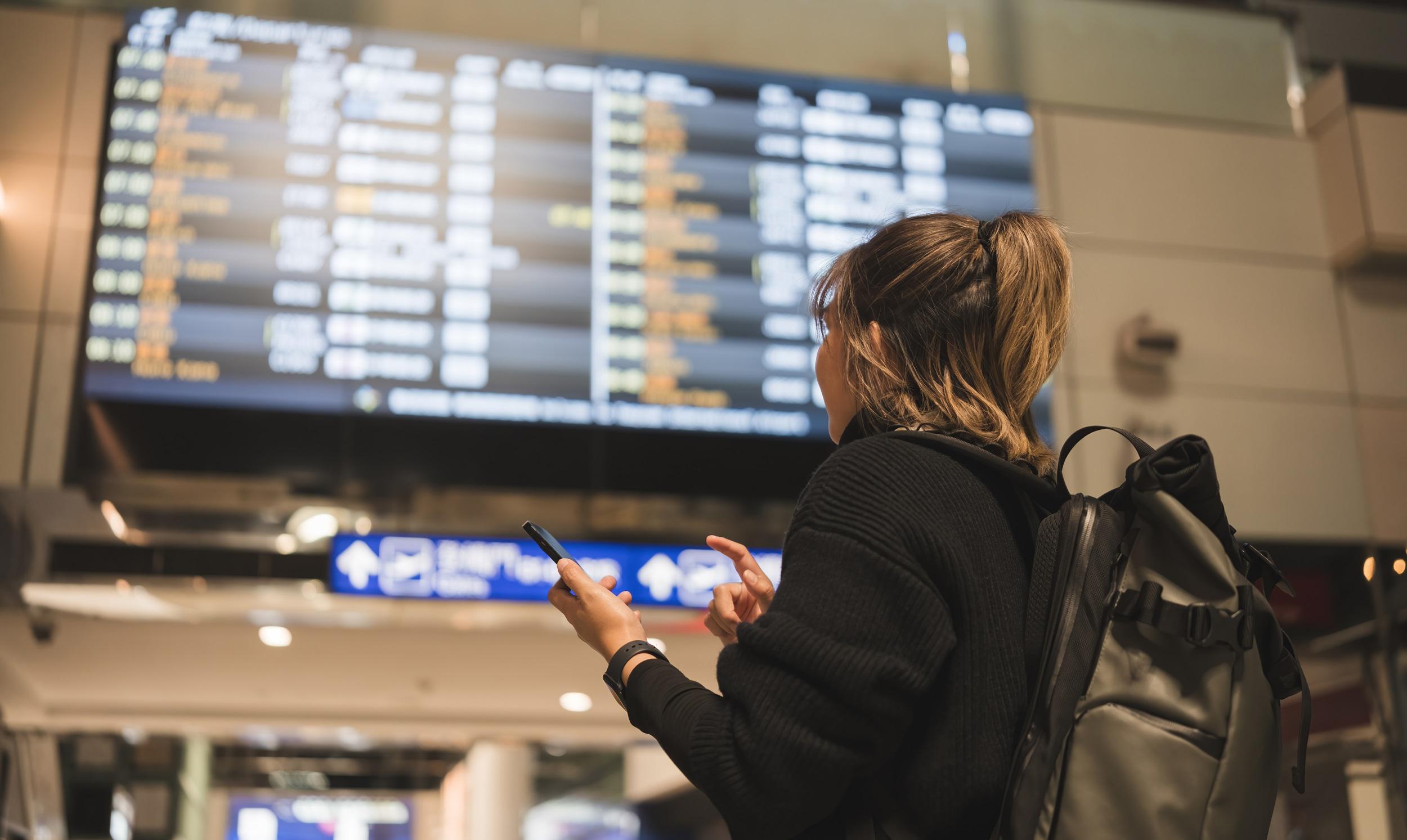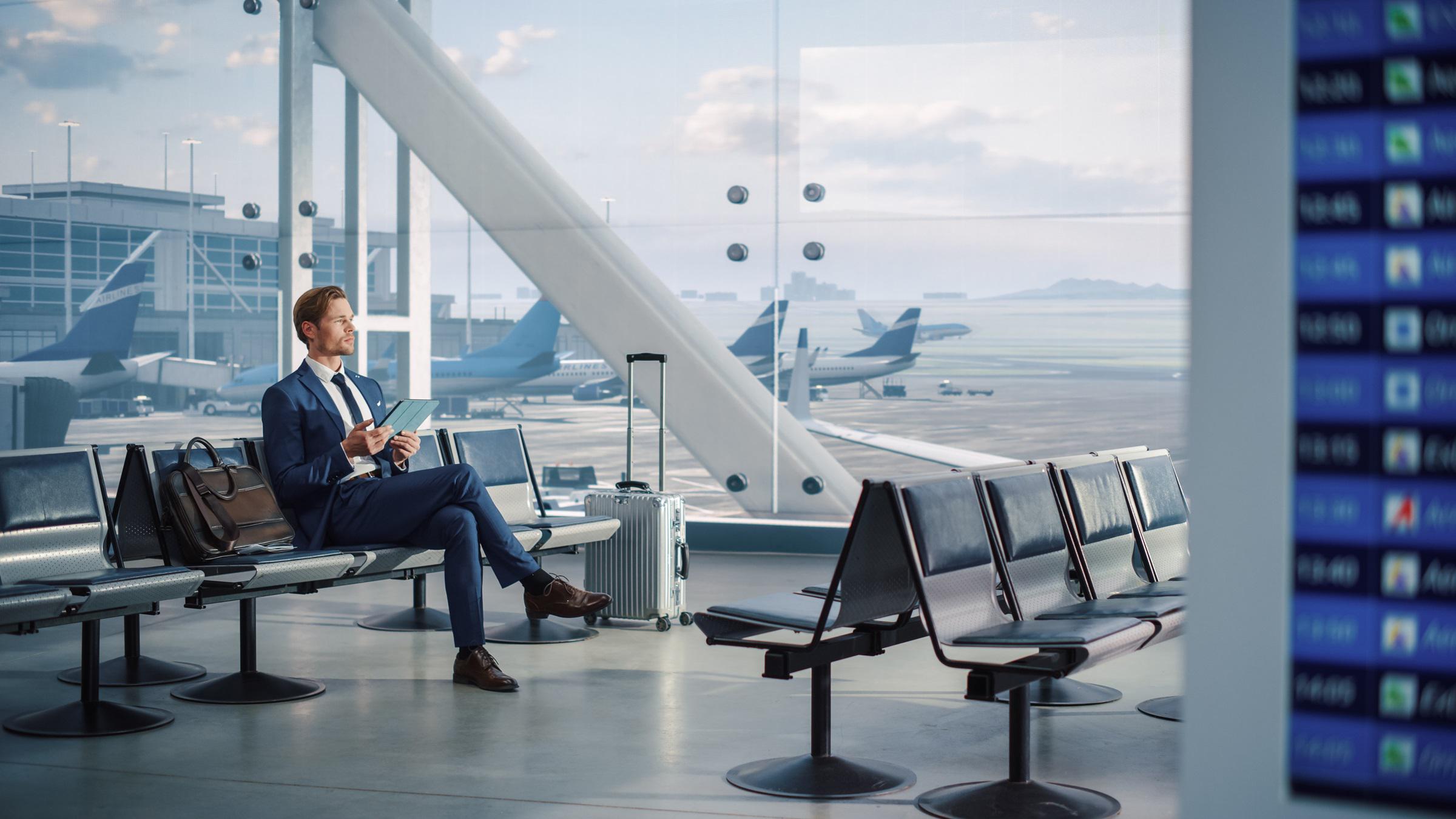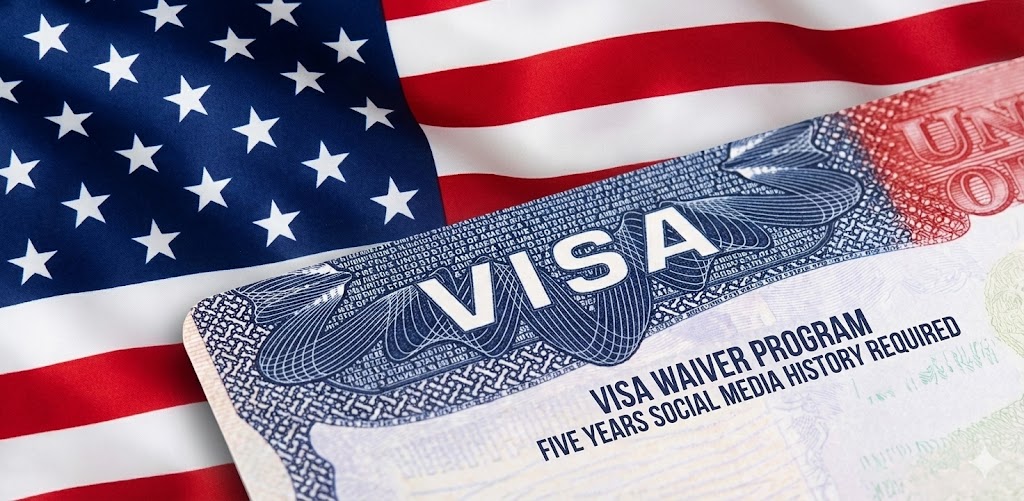Government shutdown day 15: where airport delays are worst (and where they are surprisingly manageable) for business travelers

A two week federal shutdown is straining air traffic control and TSA staffing, pushing delays higher at key hubs. Some airports, however, are holding up, useful intel if your trip can flex by a city or two.
What is happening and why it matters for work trips
The shutdown that began on October 1 has forced excepted federal employees, air traffic controllers and TSA officers, to work without pay. Controller shortages and rising sick outs are now a leading cause of flight delays. For business travelers, that translates into missed connections, blown day trip agendas, and the need for wider buffers around client meetings.

Top 10 worst hit U.S. airports during the shutdown window
Based on reported controller staffing advisories, repeated ground delay programs, and elevated delay rates during October 6 to 15. Weather can shuffle the daily order, but these hubs show consistent pressure.
- Boston Logan (BOS)
- New York LaGuardia (LGA)
- Newark (EWR)
- Chicago O’Hare (ORD)
- Dallas Fort Worth (DFW)
- Washington Reagan National (DCA)
- Phoenix Sky Harbor (PHX)
- Denver (DEN)
- Houston Intercontinental (IAH)
- Nashville (BNA)
Top 10 best performing airports during the shutdown
Airports showing relative resilience in local statements or day to day performance signals. Always recheck conditions on the day of travel.
- Salt Lake City (SLC)
- Minneapolis St. Paul (MSP)
- Tampa (TPA)
- Detroit Metro (DTW)
- Huntsville (HSV)
- Appleton, WI (ATW)
- Columbia, MO (COU)
- Killeen, TX (GRK)
- Phoenix (PHX) early period indicators were stable, separate from weather days
- Regional Essential Air Service communities connecting through Denver, such as Durango and Alamosa, where service continues for now

Other knock on effects to watch
- TSA screening: Officers are unpaid, and unscheduled absences can lengthen lines unpredictably as the shutdown drags on.
- Air safety: Flying remains safe. When staffing is tight, the system slows to maintain separation. Expect more ground delay programs and in trail spacing on busy routes.
- Policy backdrop: The shutdown pauses new FAA hiring and training, which compounds a long running controller shortfall.
- Rail as a fallback: Amtrak continues to operate. For short haul corridors, rail can add schedule certainty if you must be on time for a meeting.
Practical playbook for business travelers this week
- Fly earlier in the day to avoid compounding delays and to protect same day meetings.
- Choose steadier gateways when possible such as SLC, MSP, DTW, or TPA, then connect.
- Pad your buffers between landing and the first meeting, and avoid tight connections through O’Hare, Newark, LaGuardia, or Boston.
- Watch FAA advisories and airline alerts before leaving for the airport, and rebook proactively when a ground delay program posts.
- Go carry on only so you can switch flights quickly when holds cascade.
- For teams on the same trip: stagger arrivals by a flight or two so a single delay does not make everyone late to the same onsite.
Methodology note
This snapshot synthesizes day to day operational signals during October 6 to 15, including repeated advisories and local performance updates. Because conditions shift hourly, treat the rankings as directional planning intelligence rather than absolutes.







